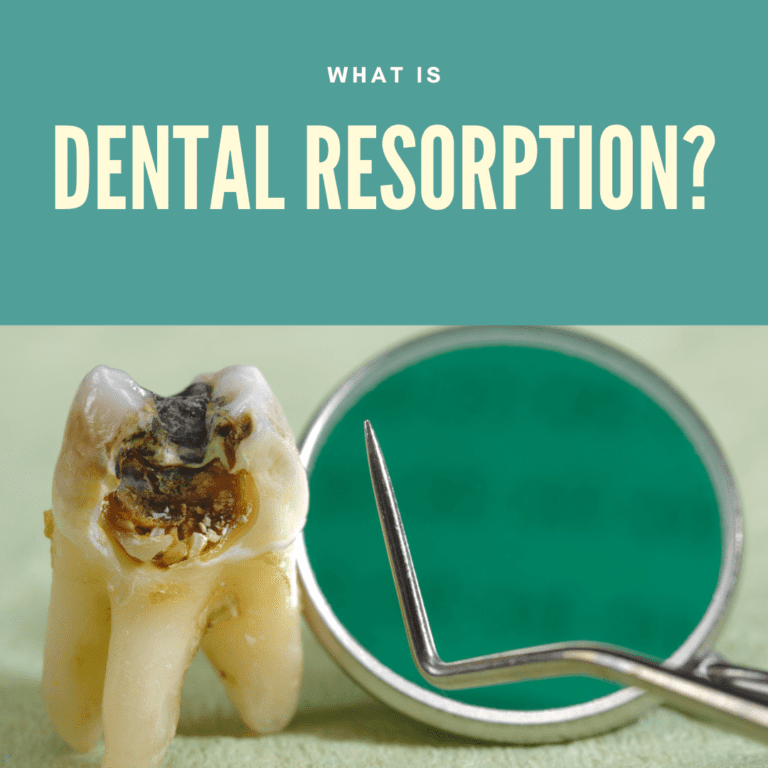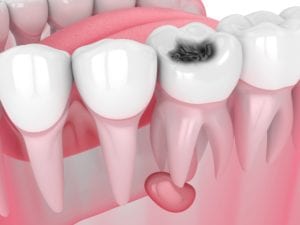What is Dental Resorption?

Did you know that you can actually lose parts of your teeth? While this may sound like part of a horror movie, it is an unfortunate fact that certain dental injuries or irritations can cause parts of your tooth to deteriorate. This is known as a process called dental resorption and it can affect the enamel, dentin, cementum, pulp, and root. In most cases, dental resorption starts on the outside of the tooth and moves gradually inwards, however this is not always the case.
At some point, everyone experiences dental resorption. This is because dental resorption is a natural process that occurs in the roots of primary teeth so that they can be lost to make room for permanent teeth. However while dental resorption is a natural process in primary teeth, it can cause long-term damage to the permanent teeth.
There are two types of dental resorption that can affect the permanent teeth. They are named after the structures they affect and are known as internal and external resorption. Internal resorption affects the inside of the tooth. Most cases of internal resorption are often only identified through dark spots on dental x-rays since there are usually no symptoms. Although internal resorption can affect anyone, men and those who have received extensive oral surgery are at the highest risk.
External resorption is far more common than internal resorption and affects the outside of the tooth. Most cases of external resorption are identified based on the holes and/or chips found on the surface of the teeth. Dental x-rays may also show shortening and flattening of the tooth roots and root tips.
Although not all cases of dental resorption exhibit symptoms at first, as the condition worsens symptoms are likely to appear. These can include:

- Cavity-like holes in the teeth
- Swelling and redness of the gums
- Unusual spacing between teeth
- Dark or pinkish discoloration
- Pain from the root, crown, or inside the tooth
- Brittle teeth that chip easily
Unfortunately, leaving tooth resorption untreated can cause a range of additional complications. Besides aesthetic problems such as crooked teeth, discoloration, chipped teeth, missing teeth, gum recession, and cavity-like holes. Dental resorption can also lead to pain, tooth weakness, and possible infection.
Luckily, dental resorption can be treated by simply repairing the damage and preventing the spread of resorption. Damage caused by tooth resorption is removed, and then, depending on how much tooth has been removed, your dentist will recommend restoring the remainder of the tooth with a crown, root canal, dental implant, or veneers. In some cases, additional procedures like an extraction or gum surgery may also be required. After receiving treatment, you will need to stay caught up on dental checkups and cleanings to decrease the chances of dental resorption developing again. If you are also not happy with the look of your teeth after the effects of dental resorption, then you should visit a cosmetic dentist to visually restore your smile.






Recent Comments